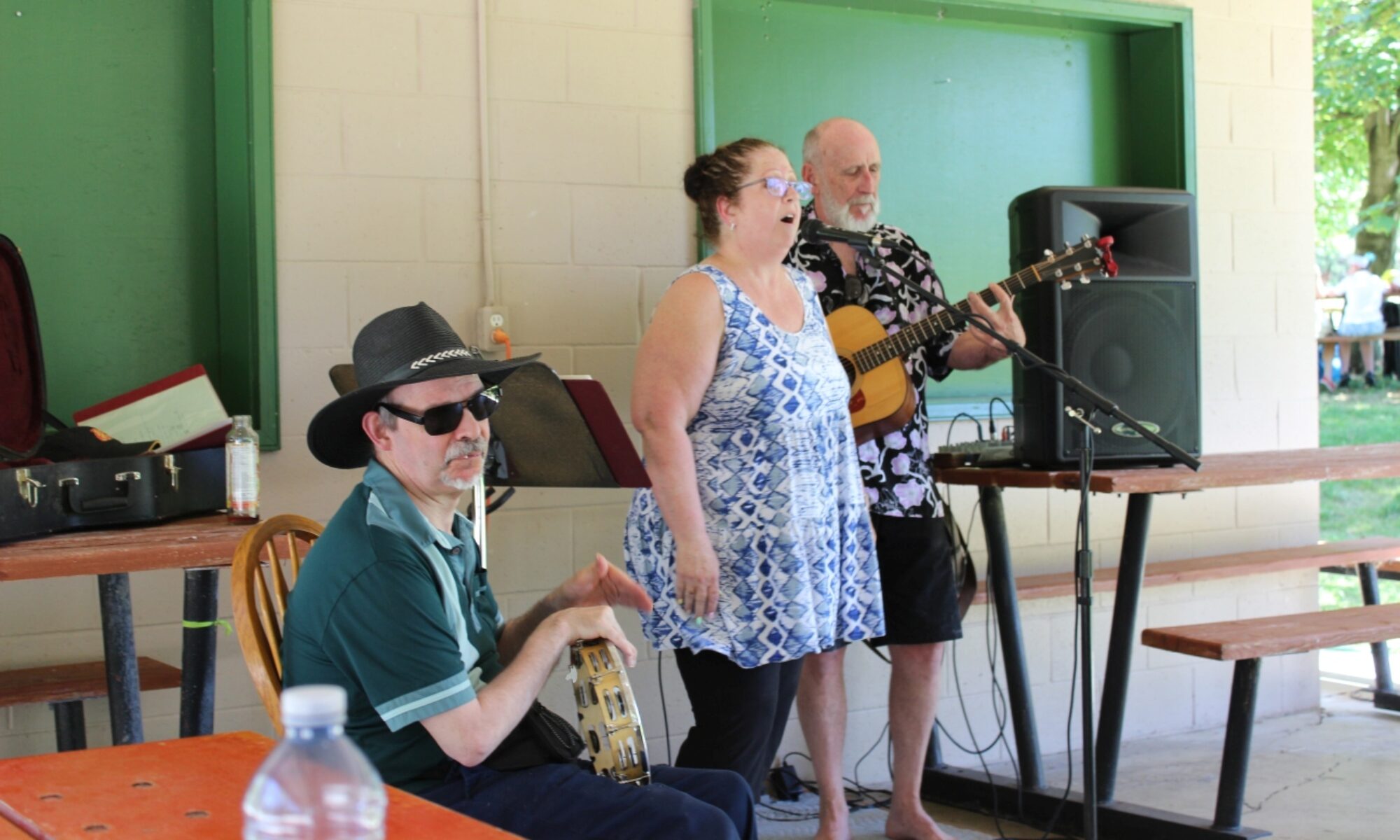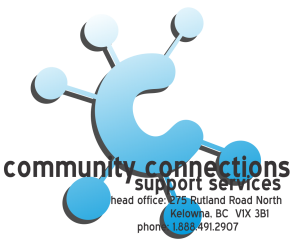April is our Health & Safety month each year! As part of our ongoing health and safety series we are looking at ways to STAY HEALTHY, and BE SAFE.
Today, we are looking at a very important way to keep us all healthy and safe: washing our hands!
Last year, Jackie posted about how important it is to wash our hands properly – here is a video reminder!








